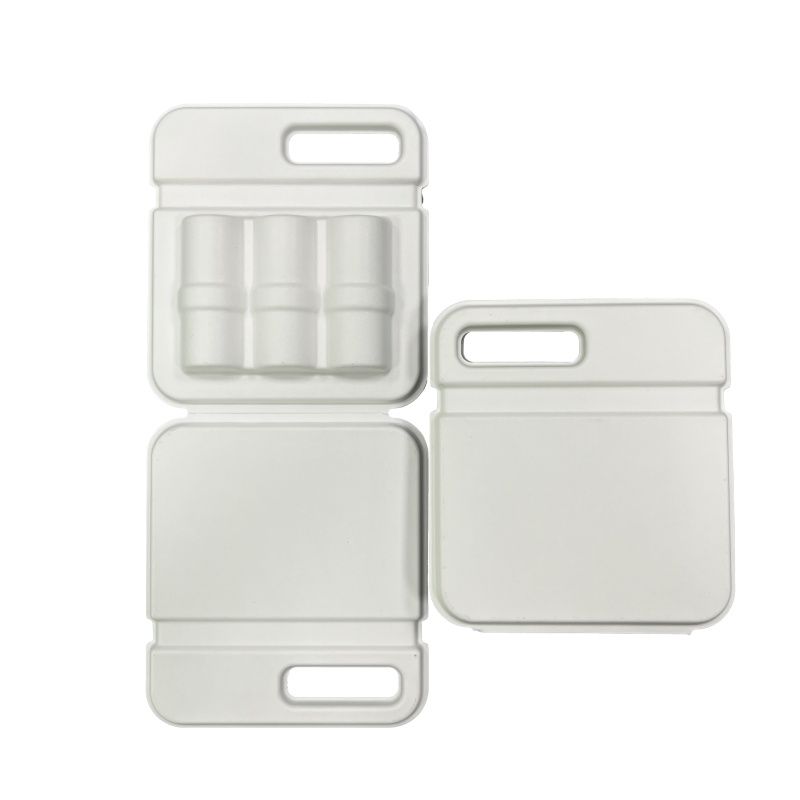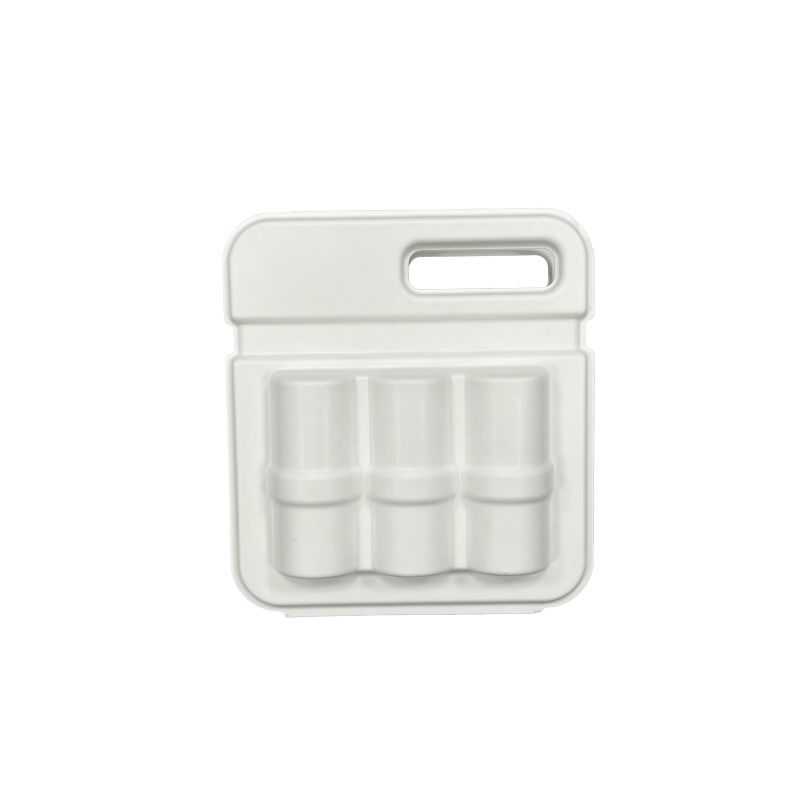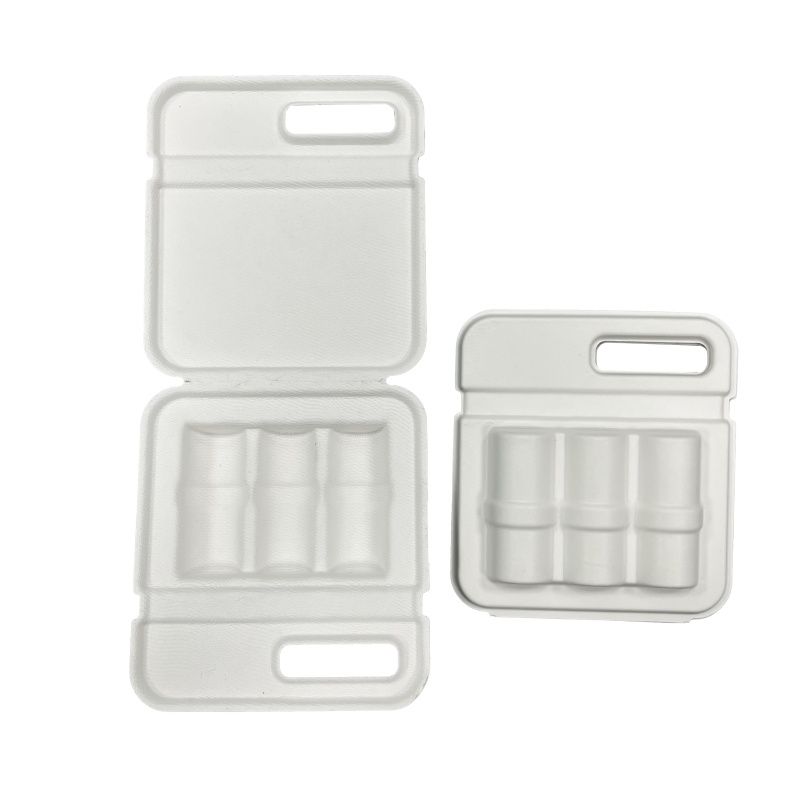In recent years, there has been a growing demand for sustainable packaging solutions in the cosmetics industry. One such solution gaining popularity is cosmetic molded pulp trays. These trays offer a sustainable alternative to traditional plastic packaging, providing excellent protection for cosmetic products while being environmentally friendly. But how exactly are cosmetic molded pulp trays made? Let's explore the process in detail.
Understanding Molded Pulp Packaging:
Before delving into the manufacturing process, it's essential to understand what molded pulp packaging entails. Molded pulp, also known as molded fiber, is a type of packaging material made from recycled paper and cardboard. It is commonly used for packaging delicate items such as electronics, food, and, more recently, cosmetics. Molded pulp packaging is known for its versatility, biodegradability, and excellent protective properties.

The Wet Pressed Molded Pulp Process:
The manufacturing process of cosmetic molded pulp trays typically involves wet pressing. Here's a step-by-step overview of how it's done:
Pulp Preparation: The process begins with the preparation of pulp, which is derived from recycled paper and cardboard. The paper is first shredded into small pieces and then mixed with water to form a slurry.
Molding: The pulp slurry is poured into molds or trays designed to the desired shape and size of the cosmetic packaging. These molds can be customized based on the specific requirements of the cosmetic products.
Pressing: Once the pulp is poured into the molds, it undergoes a pressing process to remove excess water and compact the fibers. This can be done using hydraulic presses or vacuum-assisted molding machines, depending on the production scale and equipment available.
Drying: After pressing, the molded pulp trays are transferred to drying chambers or conveyor belts to remove any remaining moisture. The trays are dried at controlled temperatures to ensure uniform drying and prevent deformation.
Trimming and Finishing: Once dry, the molded pulp trays undergo trimming to remove any rough edges or excess material. They may also undergo additional finishing processes, such as polishing or coating, to enhance their appearance and functionality.


Advantages of Molded Pulp Trays:
Now that we understand how cosmetic molded pulp trays are made, let's explore some of the advantages they offer:
Environmentally Friendly: Molded pulp trays are made from recycled materials and are fully biodegradable and compostable, making them an eco-friendly packaging option.
Excellent Protection: Molded pulp trays provide excellent cushioning and protection for cosmetic products, preventing damage during shipping and handling.
Customizable: Molded pulp trays can be customized in terms of size, shape, and design to meet the specific packaging needs of cosmetic products.
Cost-Effective: Molded pulp packaging is often more cost-effective than other packaging materials, offering manufacturers a sustainable solution without compromising on quality.
Conclusion:
In conclusion, cosmetic molded pulp trays offer a sustainable and effective packaging solution for the cosmetics industry. The wet pressed molded pulp process allows for the production of high-quality trays that provide excellent protection for cosmetic products while being environmentally friendly. As consumer demand for sustainable packaging continues to grow, molded pulp trays are poised to play an increasingly important role in the cosmetics packaging landscape.By embracing the wet pressed molded pulp process, cosmetic manufacturers can reduce their environmental footprint while delivering products that are both safe and attractive to consumers

